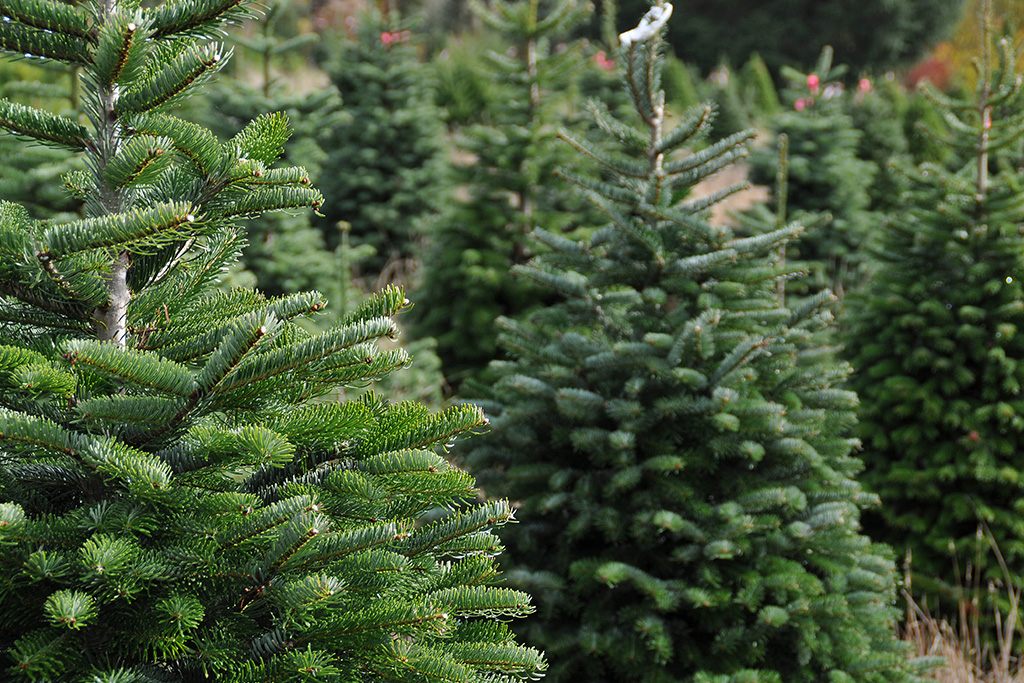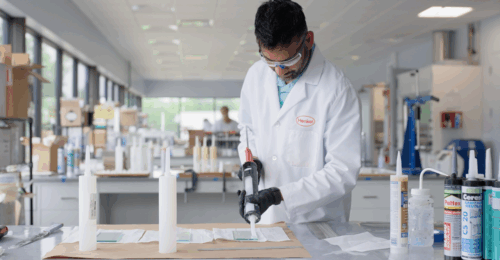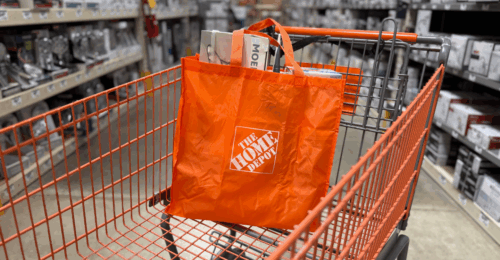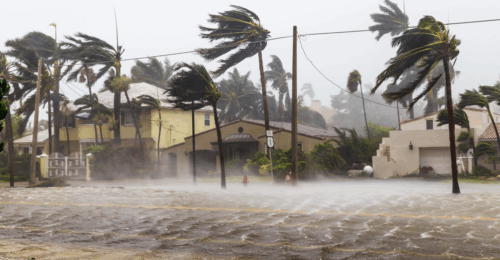Every year between Thanksgiving and Christmas, The Home Depot sells millions of live Christmas trees to holiday shoppers. It’s an enormous production, one that involves a lot of cultivation and coordination by The Home Depot’s live goods team. As a leader of that team, Dan Stuppiello is actively involved in the growing of Christmas trees for today, tomorrow and years to come. We’ve asked him here to tell us more about those trees, and the role that sustainability plays in the process.
EA: During the holiday season, The Home Depot moves a lot of trees. What role do you play in that process?
DS: My job is to make sure that we source and procure the highest quality trees possible, and that we build relationships with suppliers that can sustain that vision in the long-term. But I’m also a firm believer that Christmas trees are a product. I remember what a Christmas tree meant to me when I was a kid. And I know all the excitement and celebration wrapped up in that. So, it’s also my job to make sure that we live up to that standard for our customers. When a customer comes in to buy a Christmas tree, I need to know that we’ve done our due diligence to make sure that they have a good shopping experience.

EA: When customers come in to buy a Christmas tree from The Home Depot, what would you like them to know about these trees, and how they got there?
DS: Our trees come from a network of growers all over the continent. We scour the country to find the very best trees. We have a team of merchants across the country who work with growers, many of whom are family farms that work exclusively with The Home Depot. Unlike some retailers that buy trees sight unseen or “by the block,” we are essentially involved from seed to store. We go through an extensive review process every year to ensure that trees are grown to our specifications.
We also stage suppliers for the best growing conditions. It’s pretty cool the way Mother Nature has set it up. With a controlled crop like trees, things like elevation, humidity, and daytime and nighttime temperatures matter. For example, the best noble firs are grown on the West Coast. The best Fraser firs are grown in the Carolinas. The best balsams are grown north of the border, and the best Douglas firs come from Pennsylvania.
We cultivate supplier relationships in locations that offer the best conditions to support the best trees and are in proximity to our stores. That way, we can ensure consumers get as fresh a tree as possible, and we can ensure minimal waste. It allows us to make real-time adjustments during the shopping season based on what shoppers are buying instead of projections. We can dial up or down our orders and fill in where demand is high. In some cases, we can cut on a Tuesday and have those trees in the store on Friday. We can also avoid cutting trees that won’t sell. The last thing we want to do is cut a 7’ tree where there’s no market for it.
Most of all, I want customers to know that we’re working to make sure that we can live up to their expectations for good quality and good value. And just as important, I want customers to know that we have worked really hard over the last several years to make sure that we align ourselves with growers that want to be in this long-term.
EA: What do you look for in a supplier, and how important is sustainability to the relationship?
DS: We want suppliers that understand the impact they have on our shoppers. We look for long-term partners that are good stewards of the category. We aren’t interested in growers that are in it for the short-term. Many of our partners are second- and third-generation family farms. With legacy growers like these, sustainability is implicit. When you consider that we are investing in trees we will sell 10 or more years from now, it’s obvious that vision requires stewardship.
More specifically, we look for growers that are in good standing with the Department of Agriculture. We seek partners that are actively looking for ways to reduce pesticide applications and recycle water. And we want growers that are alert for issues that could impact the shopping experience. We also need partners that have the capacity and the tools to work with a retailer like The Home Depot. We need partners that can grow a great tree, ship a great tree and tag that tree appropriately. One of the biggest misconceptions about Christmas trees is that they are being cut from beautiful, diverse forests. But this couldn’t be further from the truth. We work with farmers that grow trees as a managed crop. In most cases, for every tree that is cut, three or four seedlings are planted behind it.
EA: Are there any exceptional suppliers you’d like to highlight?
DS: One of the suppliers that we’re particularly proud of is Sexton Farms. They are a third- and fourth-generation family-owned business in Jefferson, North Carolina. The farm was started in 1960 by Byron Sexton and his son Kenneth. Today, it’s run by Kenneth’s son Greg and his wife Robin. They have three sons who are all committed to the family business. In my opinion, the Sextons grow the best Fraser firs in the industry.
The Sexton family is on the cutting edge of agriculture, from reducing their chemical use to recycling water. They are always looking to be better stewards of the environment. They do an outstanding job of working with the Department of Agriculture. And they are an exclusive partner with The Home Depot, which is an agreement that started last year.
Fresh-cut Christmas trees from Sexton Farms and others will be arriving at The Home Depot beginning late November through Christmas. If you prefer to have your tree delivered, shop our assortment of fresh-cut trees online.






